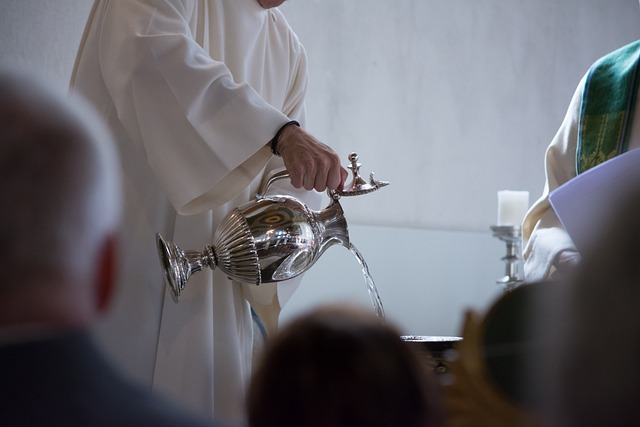The Rise and Fall of the Pharisee: Decoding Ancient Religious Rituals
The term Pharisee often evokes images of strict adherence to the law, rigorous ritualism, and a certain air of superiority. Emerging around the second century BCE, the Pharisees were a significant group within ancient Judaism, known for their commitment to interpreting and applying the Torah’s laws. Their influence grew steadily from the intertestamental period through the early years of the Common Era, making them central figures in the religious landscape of the time.
As their power and prominence flourished, the Pharisees began to establish a framework of rituals and practices that intended to purify the faith and reinforce communal identity. Their approach actively engaged with the Torah’s teachings, emphasizing not just the letter but also the spirit behind the laws. This duality of purpose – to uphold tradition while responding to the changing needs of the community – positioned the Pharisees as mediators between the divine and the everyday lives of individuals.
However, as time passed, the rise of the Pharisees became paralleled by a growing critique of their perceived legalism. While rituals are essential in various religions for fostering faith and community, the Pharisees’ stringent observance began to overshadow the heart of their message. Many began to see them as out of touch, more focused on law than love, more on ritual than relationship. This perception was notably echoed in the teachings of Jesus, who challenged the Pharisees to reconsider their priorities and the genuine essence of piety.
The critique aimed at the Pharisees is a reminder of a universal struggle that transcends time. Individuals often grapple with the tension between ritual observance and authentic spirituality. In various traditions, rituals serve as a vital means of connecting with the divine, yet they can also become rigid constructs that restrict rather than enhance spiritual growth. When faith becomes synonymous with performance, it risks alienating individuals from the very essence of their beliefs.
The transition in the perception of the Pharisees marks a broader cultural and religious shift, where the nuances of ritualistic practices were scrutinized. As society evolved, so did the expectations and interpretations of these ancient rites. The Pharisees’ eventual decline as a prominent group serves as a profound lesson in the necessity for faith traditions to adapt and remain relevant in changing times, striving to find a balance between honoring the past and embracing the present.
In reflecting on the rise and fall of the Pharisees, we can identify with the quest for meaningful rituals that resonate deeply with our understanding of faith. The rituals we observe – whether personal, communal, or liturgical – should nurture our spiritual lives and foster a genuine connection with the divine. If we are to learn anything from the story of the Pharisees, it is that the heart of religion lies not in mere observance but in the transformative power of love, forgiveness, and humility.
Ultimately, as we decode the intricacies of ancient religious rituals, we can draw parallels to our own practices, asking ourselves difficult questions about intention and authenticity in our spiritual journeys. Are we engaging with our faith on a deeper level, or are we simply going through the motions? The legacy of the Pharisees serves as a cautionary tale that encourages us to peel back the layers of ritual to reveal the core truth of what it means to seek and serve the divine in our lives.


